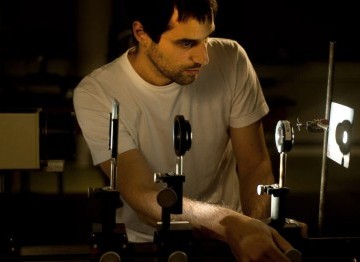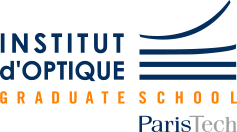SC9Design of optical imaging systems
Niveau : Intermédiaire
Publics :
Engineer, project manager in R&D
Prérequis :
Basic knowledge in geometrical optics
Langue de la formation : Français
Capacité maximum : 12
Prix : 2560 € HT -
Durée : 2 x 3 days - 42 h
Objectifs
- Understand the conventional optical system combinations and their applications
- Specify or size an optical system, write a specification
- Evaluate the performance of an optical system and optimize it.

Thèmes abordés
Basis on optical systems
- Photometry and radiometry
Analysis of an optical system
- Limit of resolution of optical systems
Classical optical combinations
- Dioptric and catadioptric systems, zoom, optical IR
Le programme
Instrumental optics reminder
- Geometric characteristics of optical systems
- Magnification - Aperture - Resolution - Field of view - Depth of field
- Reminder about aberrations
Photometry
- Reminder on photometric quantities: flux, illumination, intensity, luminance, geometric extended
- Photometry instruments
- Reminder about cameras and matrix detectors
Analysis of an optical system
- Criteria qualities of an optical imaging system : defects of the wavefront, PSF, MTF
- Measurement methods of these criteria: star test, wavefront analyzers
- Basic principles in adaptive optics
Study conventional optical combinations
- Diopter systems: from simple lens objectives to high quality photographic objectives
- Catadioptric systems: telescope mirrors 2 or 3, on- and off-axis
- Lenses with variable focal (zoom)
- Optical systems for thermal infrared
Labwork
- Aberration measurements (star test)
- wavefront analysis (Zygo, Haso)
- FTM measurements (LSF, Foucault method)
Méthodologie et évaluation
Lectures and exercices
Demonstrations in the lab
Labworks on instruments
Responsable(s) pédagogique(s) :
- Eric Ruch - Ingénieur expert à REOSC
Toutes les formations :

